St. Patrick’s Day: Folklore And Little Folk
St. Patrick’s Day is that one day of the year when everybody is Irish, or at least pretends to be. But what does that actually entail? When it comes to St. Patrick’s Day history, the US has all kinds of traditions that, frankly, aren’t even Irish. Who was Saint Patrick anyway? And what myths and legends about this Irish holiday have we all been blindly thinking are true for years? This list of St. Patrick’s Day facts will separate myth from reality and let you in on how this green (or maybe blue?!) holiday is really celebrated in Ireland.
You might be surprised to know that if you were an actual Irish person living in Ireland even a few decades ago, it would involve not shenanigans and drinking green beer, but solemn prayer and abstaining from alcohol. And you certainly wouldn’t be going to a parade, picking four-leaf clovers or hanging out with leprechauns. And the namesake of the holiday, Ireland’s patron saint… wasn’t actually Irish.
Shocked? Surprised? Jonesing for a Guinness? It’s okay, you just need to get the facts straight about what’s real and what’s pop culture myth when it comes to this leprechaun-laden holiday.
St. Patrick Was Not Born In Ireland

THE MYTH: St. Patrick was Irish.
THE REALITY: Though one of Ireland’s great icons, Patrick himself wasn’t Irish. In fact, we know little of Patrick’s life except from two letters that are generally attributed to him. What we do know is that he was bornsomewhere in the British Isles (where exactly depends on which account you read) circa 386 CE and didn’t come to the Emerald Isle until he was 16. That’s when he was kidnapped and enslaved by Irish pirates.
He was brought to Ireland and held as a slave for six years, with traditional accounts saying he was a shepherd. He eventually escaped after claiming to have heard a heavenly voice and fled to England, where he continued the religious awakening that began during his escape.
Christianity Was Already Thriving in Ireland
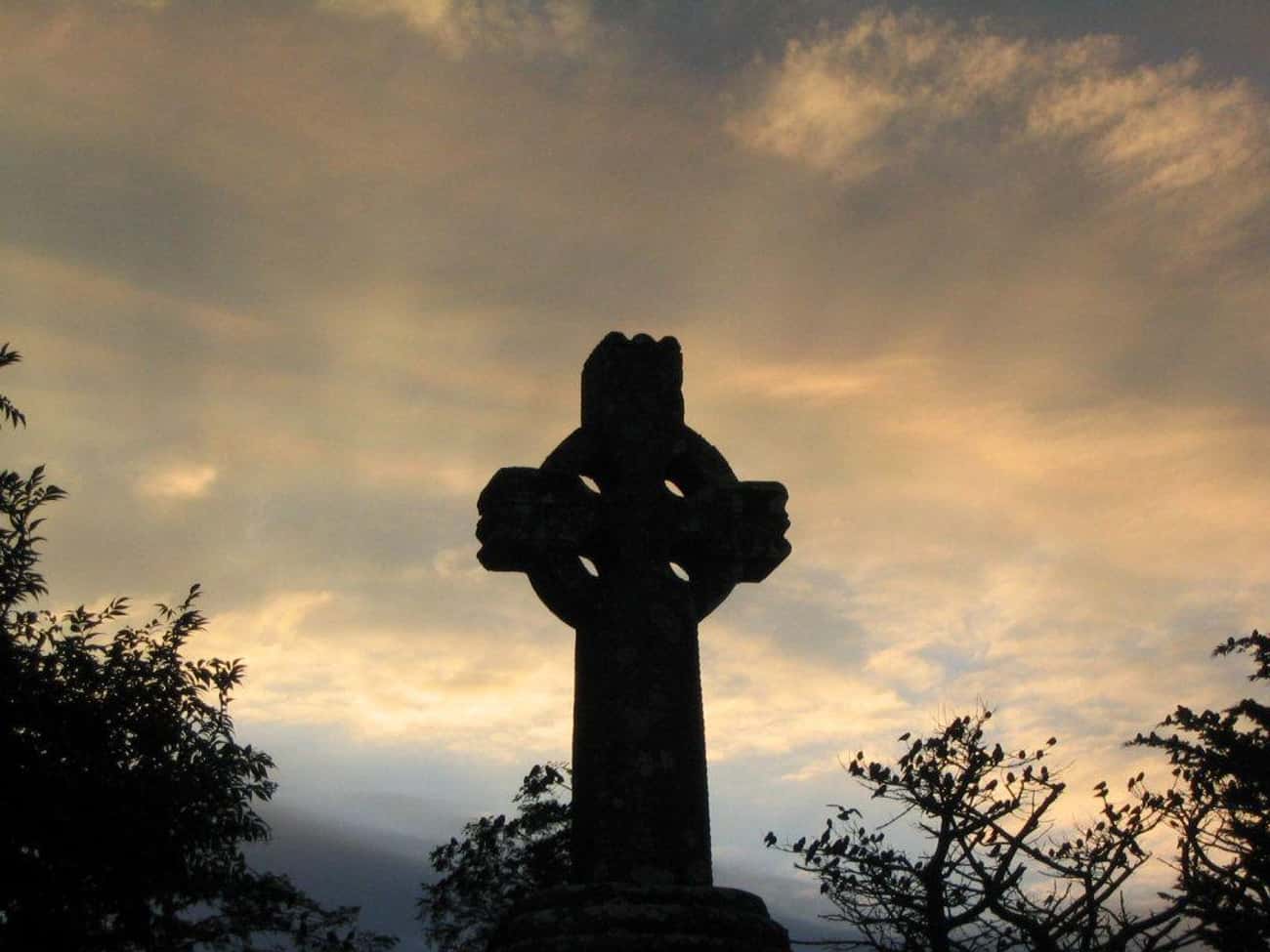
THE MYTH: St. Patrick brought Christianity to Ireland.
THE REALITY: In 431 CE, Pope Celestine is said to have sent a bishop named Palladius “to the Irish believing in Christ.” Patrick didn’t come back to Ireland until a year later, in 432. This would indicate that there was already an active, if possibly small, Christian community there.
In fact, Palladius actually fits into some theories about Patrick’s life – namely, that the modern version of St. Patrick is an amalgam of the two men.
Ireland Never Had Snakes To Drive Out
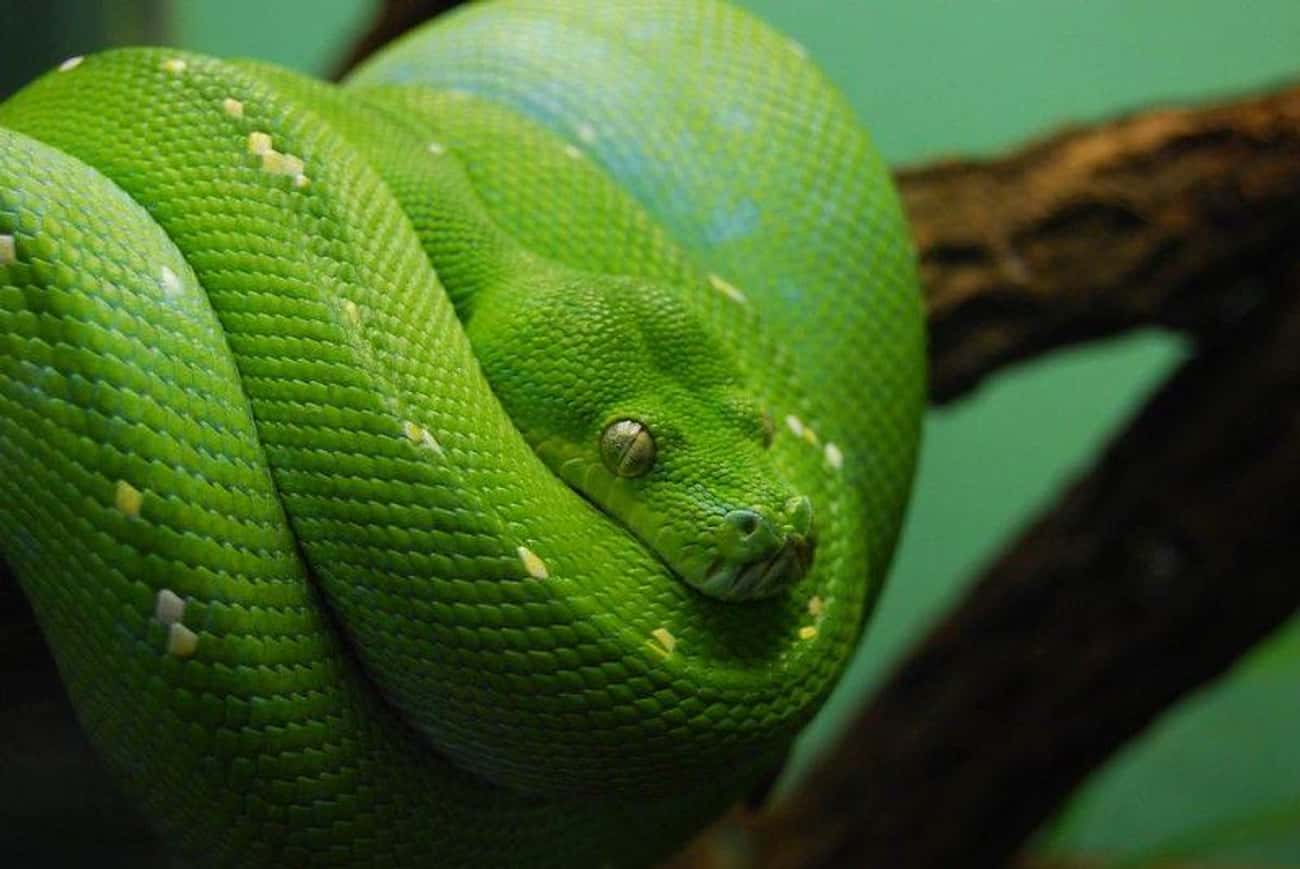
THE MYTH: St. Patrick drove out the snakes from Ireland.
THE REALITY: In all probability, Ireland probably never had snakes to begin with. Before the last Ice Age, Ireland was simply too cold for snakes to survive; then when the glaciers receded, it left the land an island, impossible for snakes to reach. Fossil records from the country corroborate this, as no evidence of snakes has ever been found among the animals living there.
The legend that Patrick stood on an Irish hillside and delivered a thundering sermon that drove the island’s serpents into the sea is probably just an allegory for his eradication of pagan ideology – with snakes standing in for the serpents of Druid mythology.
The Shamrock May Or May Not Be Apocryphal
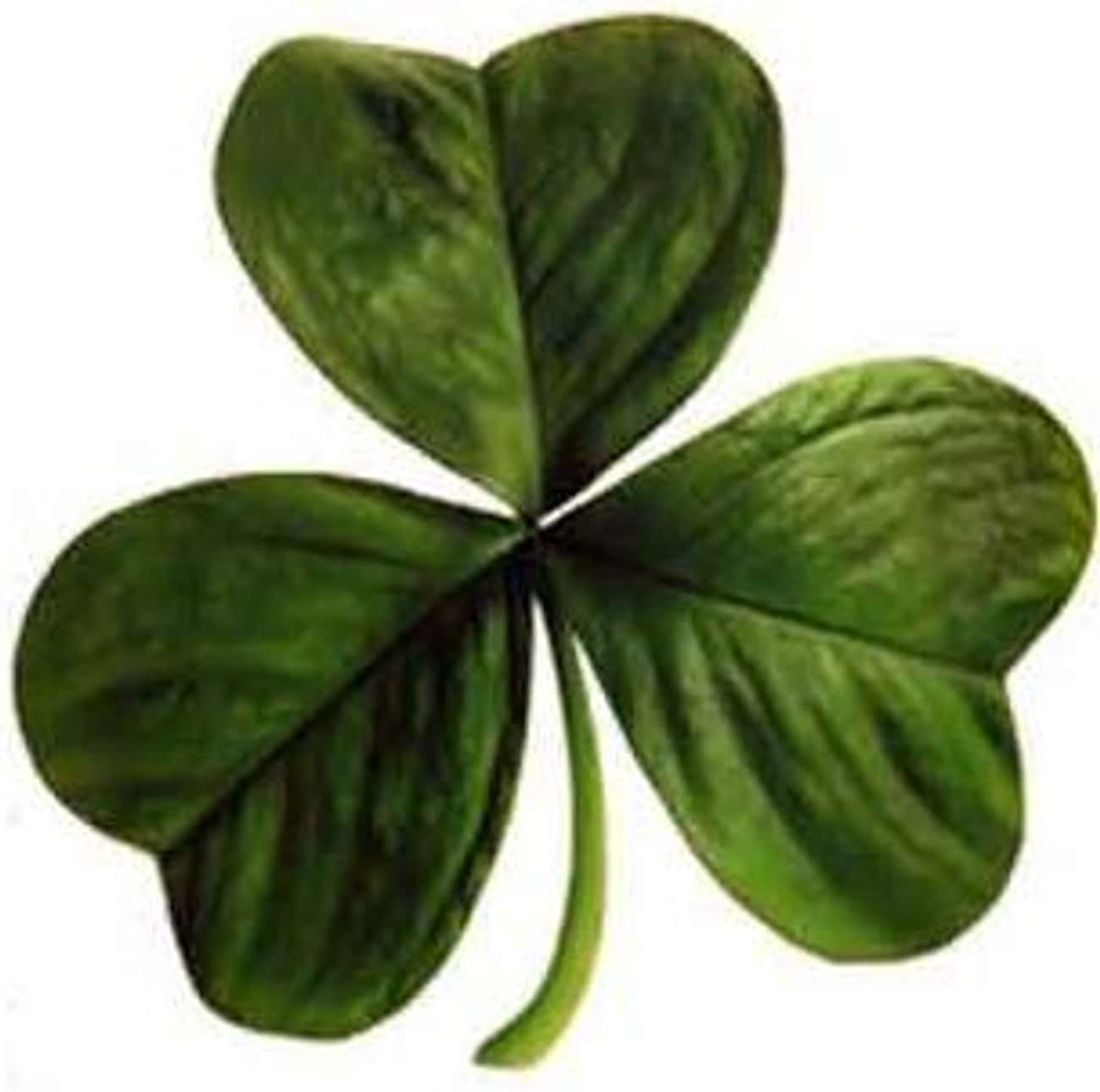
THE MYTH: St. Patrick used the three-leaf clover to explain the Holy Trinity to Irish pagans.
THE REALITY: The parable of the three-leaf clover standing in for the Father, Son and Holy Ghost is one of the things that’s pretty hard to prove either way. What we do know is that clovers were already important in paganism, with their green color representing rebirth.
Three was also an important number in paganism, and in ancient religions in general, with a number of “triple deities” represented in everything from Hindu mysticism to Sumerian gods. So if Patrick did use the clover to explain the Trinity, he already had some of the heavy lifting done for him.
St. Patrick’s Day Was A Dry Holiday In Ireland
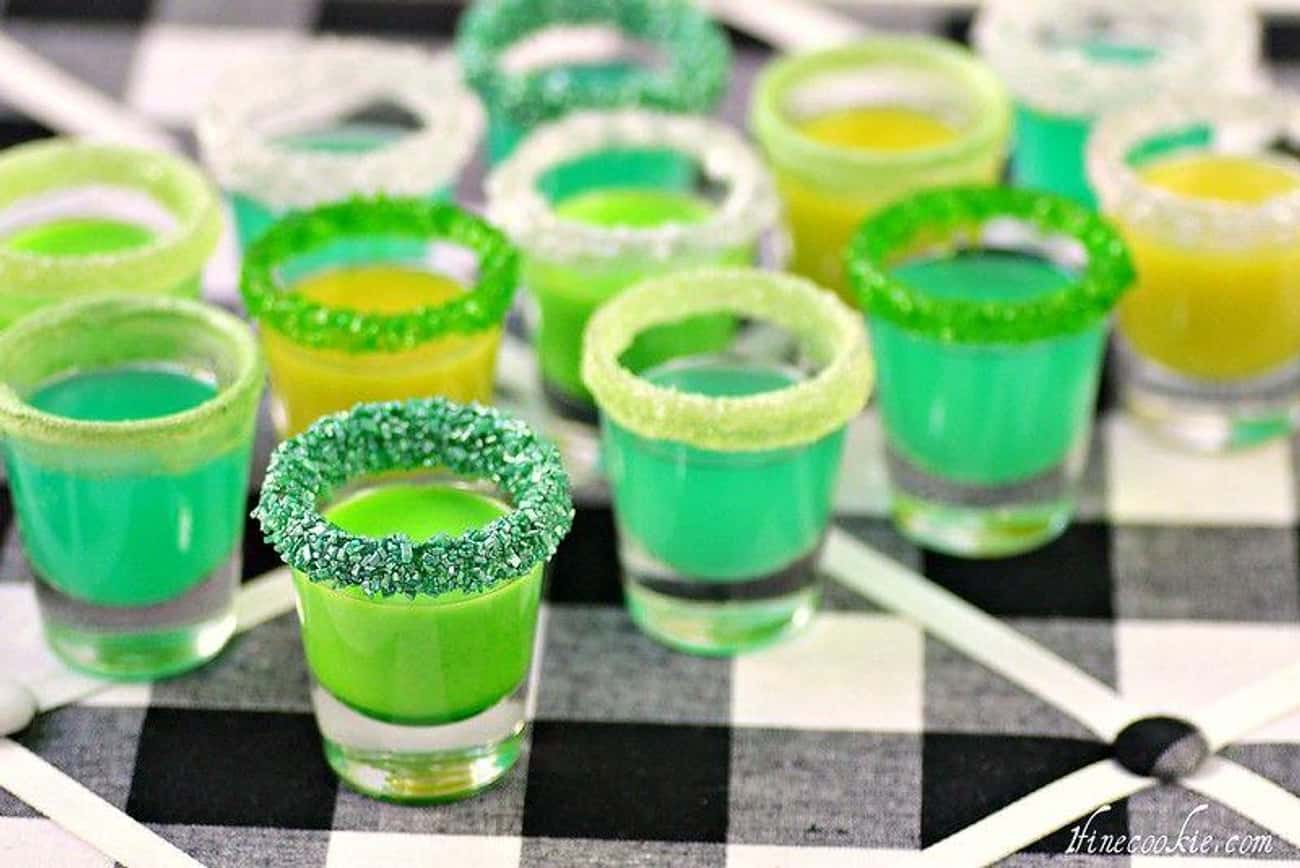
THE MYTH: Irish people get hammered on St. Patrick’s Day.
THE REALITY: Ireland has a robust pub culture, and they gave the world the miracle of Guinness. But that doesn’t mean they all get drunk on St. Patrick’s Day. In fact, for most of the 20th century, pubs were legally closed on March 17th, since it was considered a religious holiday, meant as a solemn day of national piety.
Those laws were finally taken off the books in the 1970s.
St. Patrick Wasn’t English Either
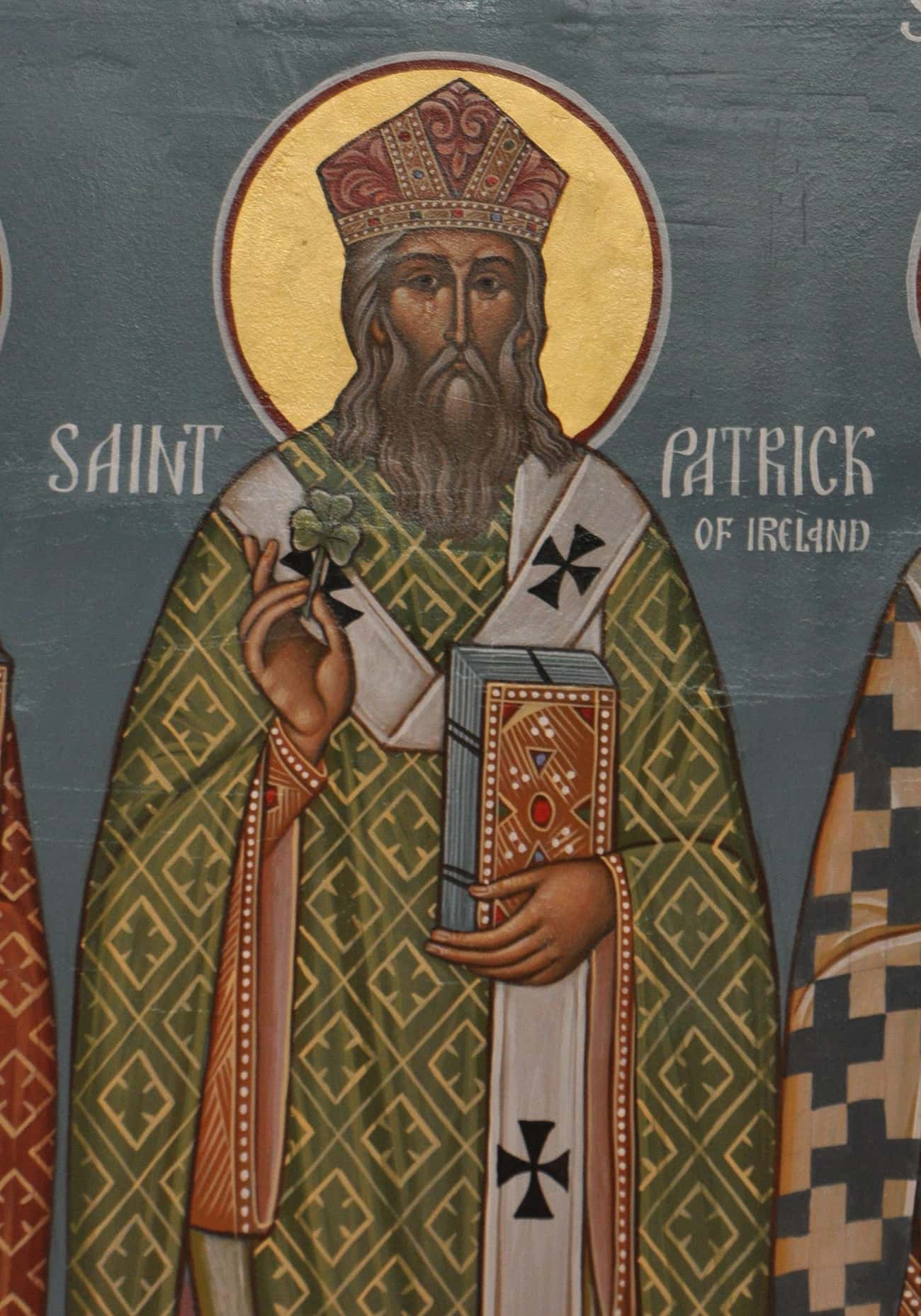
THE MYTH: St. Patrick was British.
THE REALITY: Technically, he was a Roman citizen, as the British Isles were under Roman rule at that point. His father and grandfather were active in Roman Christianity, but Patrick didn’t truly become a believer until after his escape.
Some scholars believe his family was Roman aristocracy, and possibly even hailed from Italy, but nobody knows for sure. Even his name is in dispute, as some accounts list his birth name as “Maewyn Succat.”
Leprechauns Have Nothing To Do With St. Patrick’s Day
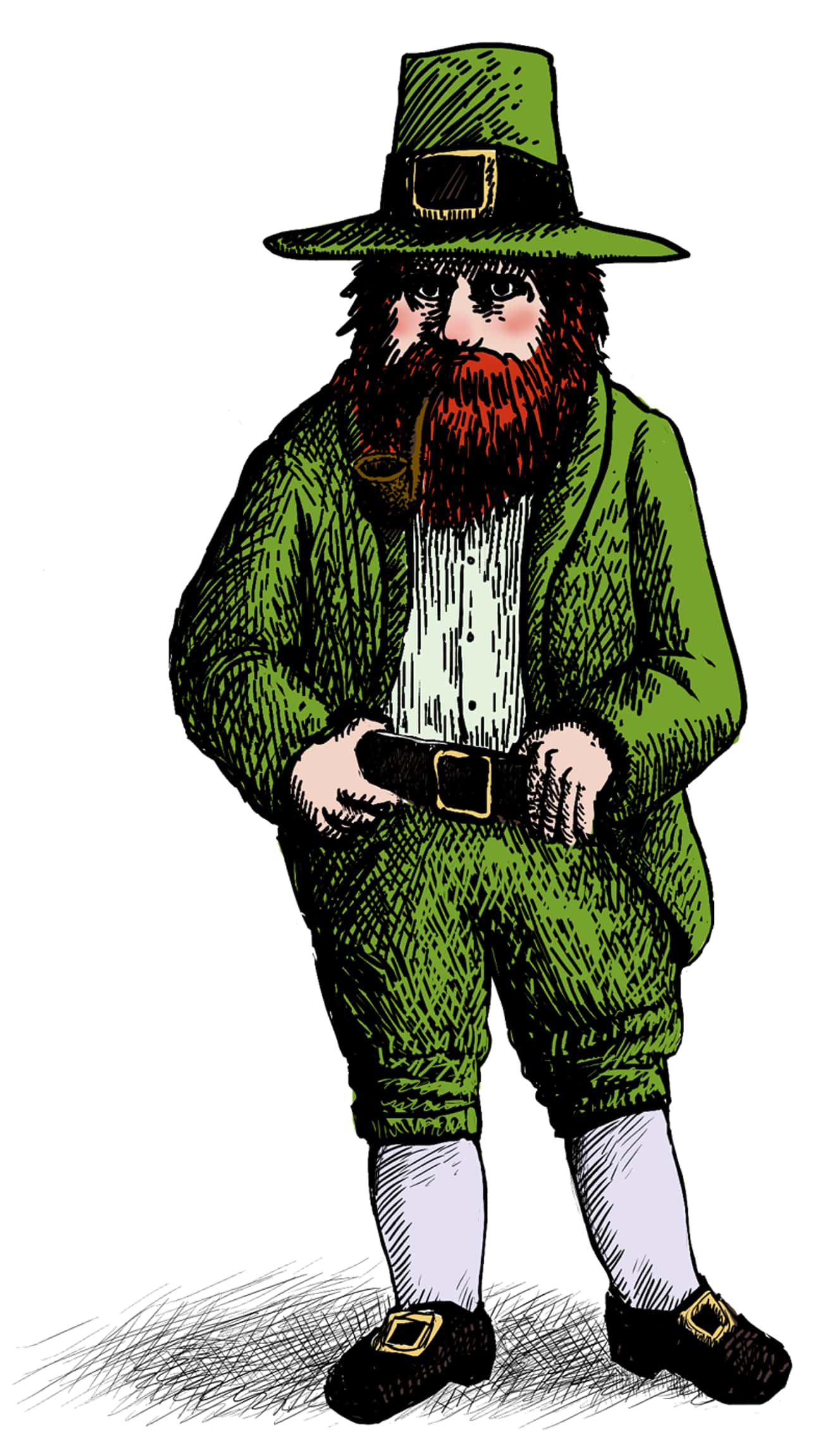
THE MYTH: Leprechauns are inexorably linked with St. Patrick’s Day.
THE REALITY: While the little green, red-bearded troublemakers are an important part of Irish folklore in general, they have literally nothing to do with the historical St. Patrick’s Day. Leprechauns didn’t appear in Irish literature until the Middle Ages, well after Patrick’s return to Ireland.
While you’ll probably see drawings of leprechauns during your St. Patrick’s Day shenanigans, it’s not because of their link to the holiday, it’s just because they make a handy representation of “something Irish” – mostly due to pop culture depictions.
Green Wasn’t Always The Traditional St. Patrick’s Day Color
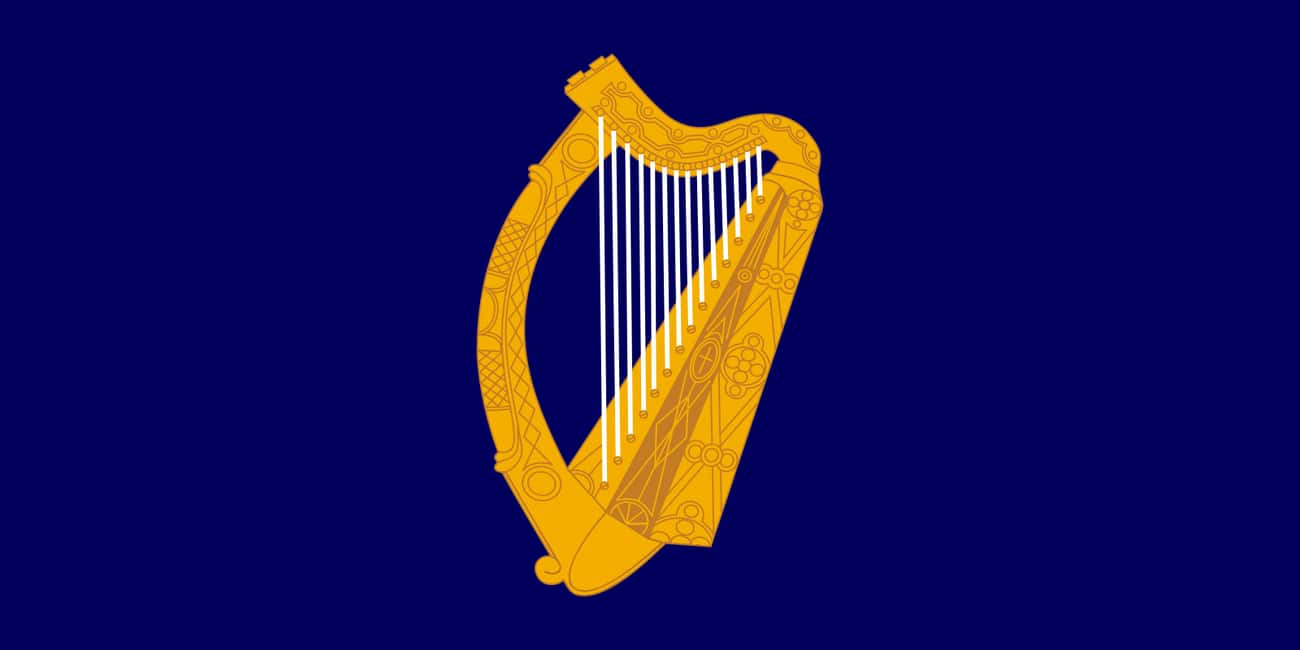
THE MYTH: Green is the color associated with St. Patrick’s Day.
THE REALITY: It is now, but it wasn’t always. Ireland itself might live up to the idea of being an Emerald Isle, but the use of green to celebrate Sr. Patrick’s Day is a recent invention, probably from the 18th century, when supporters of Irish independence from England used the color to represent their cause.
Knights in the Order of St. Patrick actually wore a color known as St. Patrick’s blue – a deep and rich blue that served as the background for the Kingdom of Ireland’s coat of arms.
Irish People Don’t Really Eat Much Corned Beef
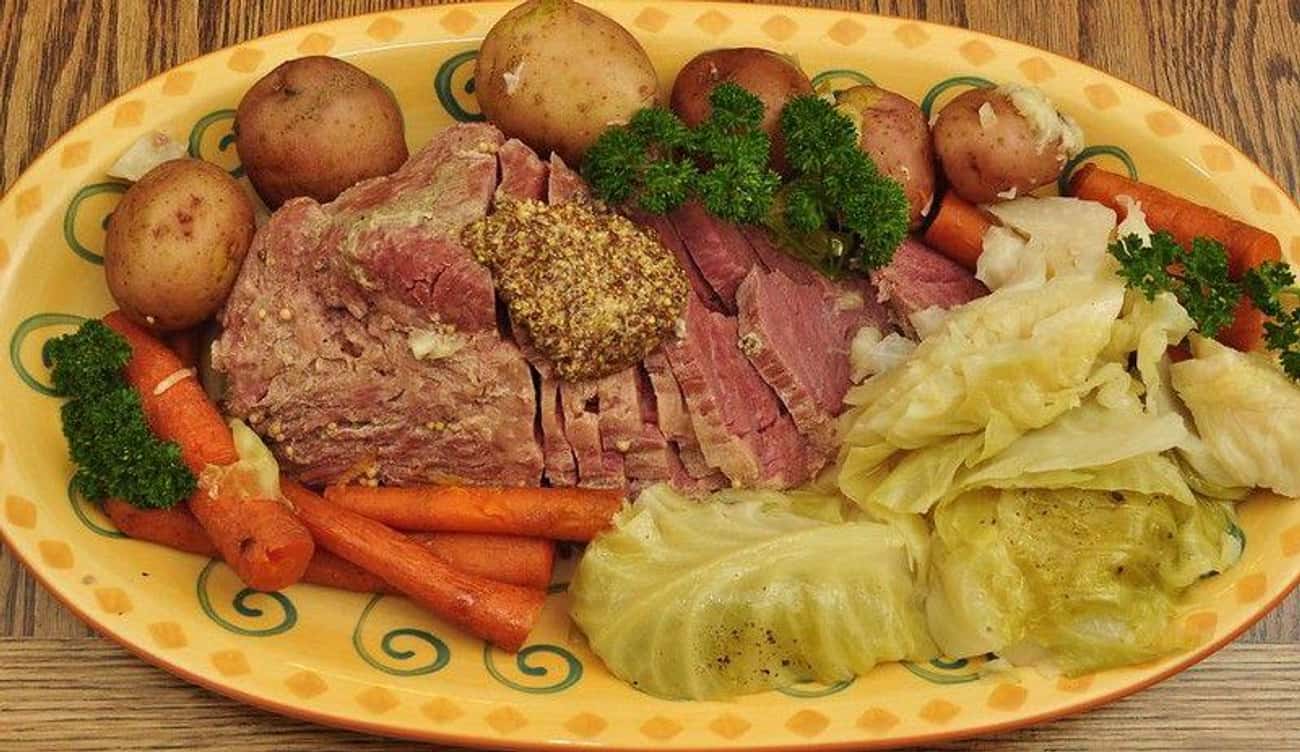
THE MYTH: Corned beef and cabbage comprise the traditional St. Patrick’s Day feast.
THE REALITY: In America, sure. But debates rage as to whether or not this is actually a traditional Irish meal. Proponents say it is, based on the curing of ham to use on long ocean voyages. Others say it’s a more American twist on traditional Irish cuisine.
The truth is somewhere in the middle. The Irish, like pretty much everyone else, would salt-cure meat – but cows were expensive and needed for producing milk, so they’d rarely be slaughtered for food. Irish corned beefwas extremely popular in England in the first half of the 1800s, but it was far too expensive for rural Irish tenant farmers to eat.
However, Irish immigrants in New York City found corned beef much more accessible in the US. So they bought corned beef and began incorporating it into their celebrations.
It’s Not That Big Of A Deal In Ireland

THE MYTH: Ireland pulls out all the stops to celebrate St. Patrick’s Day.
THE REALITY: They don’t, at least not the way Americans do. Until the 1700s, St. Patrick’s Day was simply one of many Roman Catholic feasts, and was only observed in Ireland. There was no raucous drinking of green beer, or kissing anyone because they were Irish. Like all feasts, it was spent somberly praying at home or in church.
But when large numbers of Irish immigrants came to America, they pushed back against nativist anti-Irish sentiment by organizing parades and other displays of pride centered around March 17th. The first was in Boston in 1737, with New York following suit.
The Shamrock And The Four-Leaf Clover Are Different

THE REALITY: Four-leaf clovers are prized for their rarity, and as such, are thought to bring great luck. But the difference between the shamrock and the four-leaf clover is more than just a leaf – one is a symbol of national pride, and the other… isn’t.
The four-leaf clover isn’t intrinsically Irish in any way, being a universal symbol for good fortune – and one that can be found everywhere. In fact, the clover with the most leaves in history (56, to be exact) was found in Japan in 2009.
Chicago Can’t Dye The River Blue
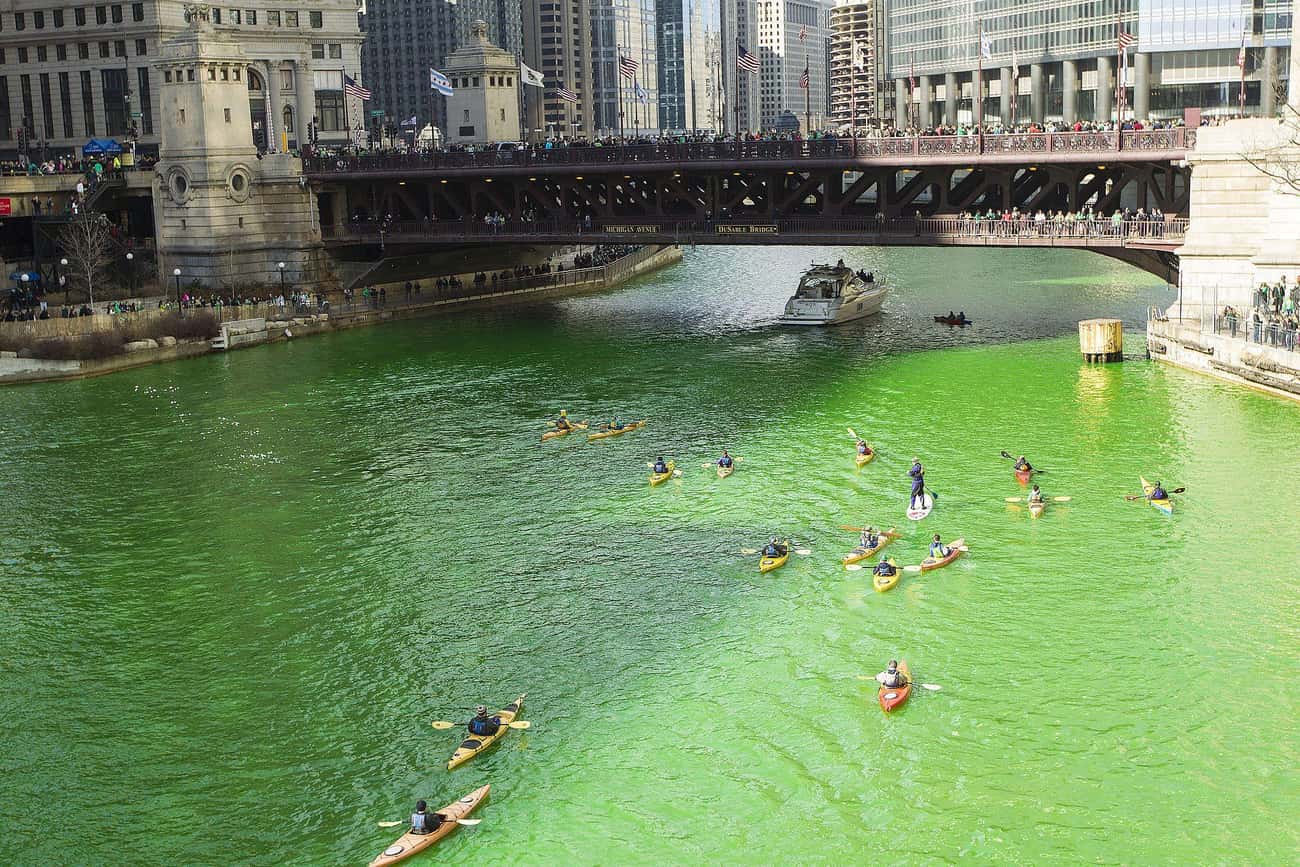
THE MYTH: Chicago dyes the Chicago River green for St. Patrick’s Day, so why don’t they dye it blue the rest of year?
THE REALITY: The Windy City does dye the Chicago River green on St. Patrick’s Day, which they started doing in 1962. But as for dyeing it blue the rest of the year, that’s just not feasible.
However, when the Chicago Cubs won the World Series in 2016, authorities did dye the river blue.
You Probably Don’t Want To Kiss The Blarney Stone

THE MYTH: You kiss the Blarney Stone on St. Patrick’s Day to get the gift of gab.
THE REALITY: The Blarney Stone is another one of those intrinsically “Irish” things that people use as shorthand for Irish culture. But it has nothing to do with St. Patrick, as Blarney Castle wasn’t built until the 10th century, around 600 years after the time of St. Patrick.
As an aside, both native Irish people and hygiene experts agree that actually kissing the Blarney Stone is incredibly unsanitary and quite overrated as a tourist destination.
Views: 20

